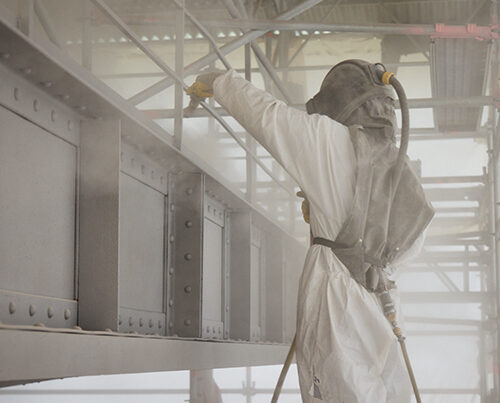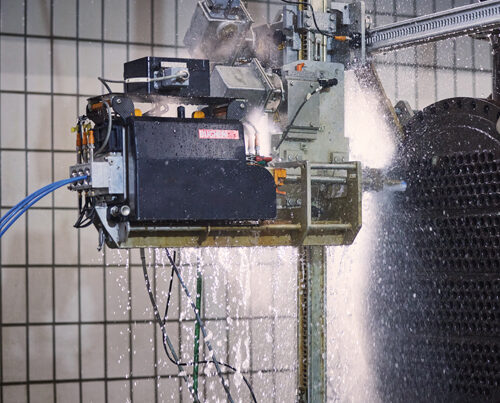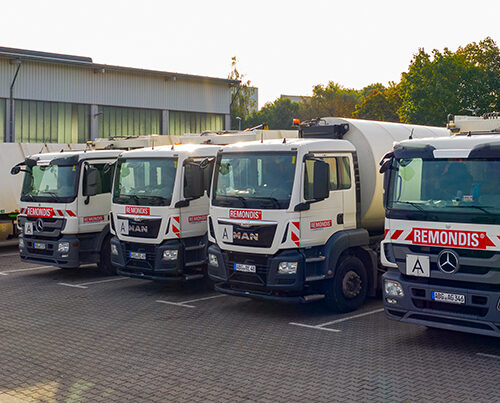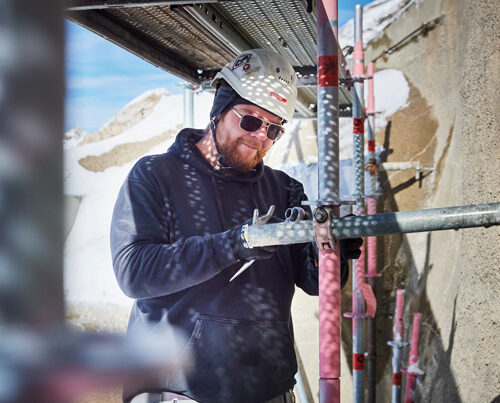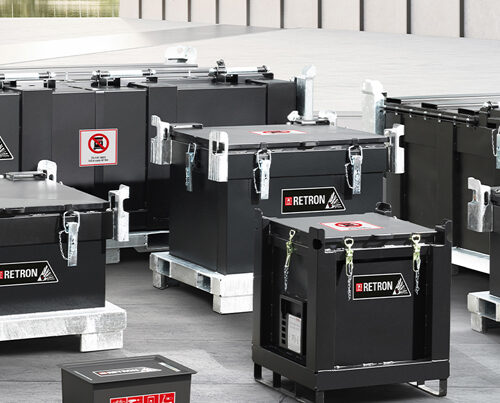Cleaning a barge in the Netherlands and Germany
Internationality is not only an advantage when it comes to production. Cross-border collaboration within the industrial cleaning sector also generates some interesting opportunities for customers. Indeed, there are customer benefits in practically every area of this business, even in the very specialist field of ship cleaning. As was the case with a barge that stopped off at REYM in the Netherlands and BUCHEN in Germany.

Work performed by one company at two ports
This 110-metre-long and a good eleven-metre-wide ship transports goods from all around the world and is equipped with tanks for storing oil and transporting by-products of coke manufacture. It needed to travel to two separate ports to have its tanks cleaned. The work, though, was performed by one company – with the two REMONDIS subsidiaries splitting up the tasks between them and ensuring the processes were dovetailed perfectly so that no time was lost.
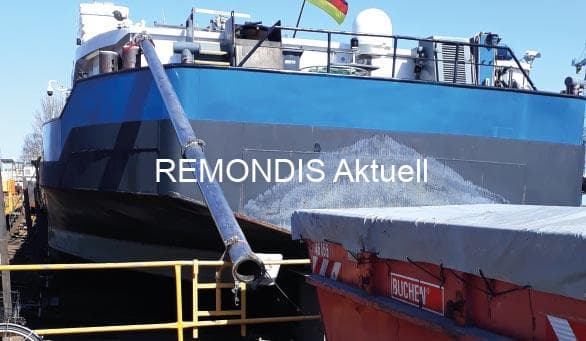
The barge cleaned by REYM and BUCHEN in this joint project was 110 metres long and a good eleven metres wide
This Dutch-German collaboration project in Delfzijl was planned and coordinated by REYM’s subsidiary in Emstek, a town situated near the German city of Cloppenburg.
An emission-free process
REYM’s team of Dutch and German cleaning specialists cleaned the ship’s four oil tanks at Delfzijl industrial harbour. The work, however, was not carried out in the shipyard itself but on the water next to a dyke. This meant that REYM had to prepare the mooring in advance and have it approved by the relevant authorities before it could be used.
The actual cleaning work had to be completely emission free and performed in line with strict safety standards. The industrial cleaning experts’ first task involved removing any gas from the tanks and burning it off on site using a combustion chamber. They then moved in to clean the tank walls with high pressure water jetting technology, which was connected to an upstream heater so that the water could be heated up to 50°C.
Mining work carried out in the storage tanks
The whole cleaning process was performed using a fully enclosed system with all the residue generated by the work removed and temporarily stored. The product was then returned to the customer in a heated tank so that it could be reused. As soon as the tasks had been completed, the barge then set off for Germany to travel to BUCHEN UmweltService and Cologne-Deutz Shipyard located in the east of Cologne-Mülheim Harbour.
Once the ship reached the port in Cologne, it was placed on the slipway. With the help of the technical equipment that had been set up in advance, the BUCHEN experts climbed into the two 10mx10m tanks. There they used hand-held hammers to remove the hardened product residue. A job similar to that carried out in mines and one that required great care and skill as the hot-water pipes from the tanks’ panel heating system were hidden in the product residue.
Cleaning a ship’s tanks – a task with some unusual features
The same is true for the shipping industry: a shutdown is lost time. When a cargo ship needs to have work done on it at a port, then this must be completed quickly. There are a number of factors that make this a more difficult task. On the one hand, companies have less time to prepare as a ship’s exact arrival time is not known until a short time before. What’s more, the equipment cannot be brought in until the last moment as there is little space available at ports and shipyards.
On top of this, automated tank-cleaning processes can rarely be deployed. With the entrances to the tanks being so narrow, it is simply not possible to use large pieces of equipment. Focus is, therefore, put on manual work that involves the operatives entering the storage tanks wearing hazmat suits and respiratory protective equipment.
Almost 300 tonnes of product residue were removed
The lumps of residue were then placed into plastic drums and pulled out of the tanks through the narrow manway with an electric chain hoist. The shipyard’s portal crane was then deployed to transfer the drums to the waiting skips. Any remaining residue and dust in the tanks were removed by BUCHEN using suction equipment and stored in vacuum skips. Other tasks that BUCHEN was commissioned to do during this project included cleaning the 5-metre-high ceilings, removing any product residue and inspecting the tank’s pipe network with CCTV.
Together, the two REMONDIS Group companies removed several tonnes of product residue from the ships: REYM 159 tonnes and BUCHEN a further 135 tonnes. Thanks to this project, the barge was able to set off with clean tanks that could, once again, be used to their maximum capacity.
Image credits: image 1: Adobe Stock: danielkoke; image 2: © A320FLXXS9CTK1







